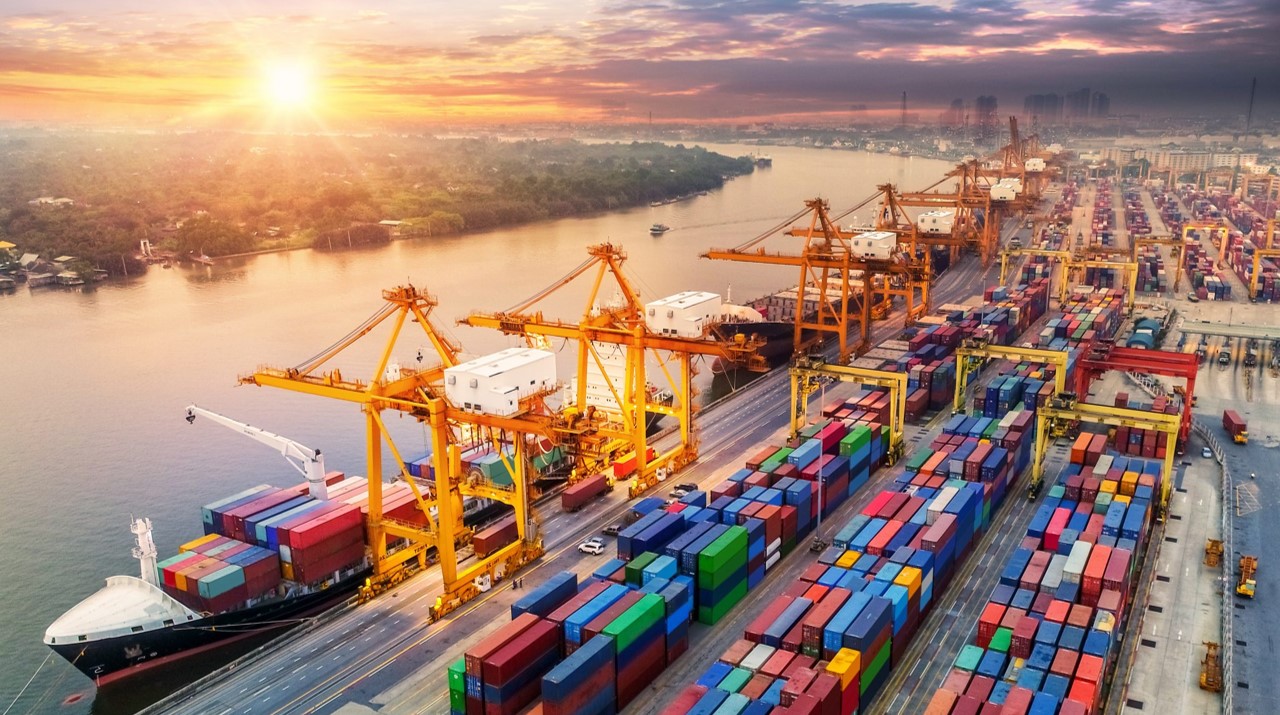The environmental impacts of port activities and infrastructure are substantial, wide-reaching and multidimensional. They include polluting emissions, soil and water contamination, noise and vibration, with considerable health consequences on coastal communities and port cities’ residents. Port activities also cause a wide range of external economic costs associated with congestion, waste management, land degradation, light and visual intrusion. They are also responsible, directly and indirectly, for the loss of biodiversity and coastal erosion. At the same time, they connect maritime and land transport networks, playing a critical role in mitigating the effects of climate change.
In this framework, the European Commission has just released its Sustainable and Smart Mobility Strategy, setting very ambitious targets for the coming decades till 2050. European Ports are recognised as critical nodes for our international connectivity and crucial gateways supporting maritime transport, boosting our internal and external trade. They have “to become new clean energy hubs for integrated electricity systems, hydrogen and other low-carbon fuels, and testbeds for waste reuse and the circular economy”, improving air quality and thereby contributing to better living conditions of practitioners and nearby residents.
“Maritime transport in the EU accounts for approximately 13% of its transport GHG emissions.”
Key aspects of the Master Plan
- Such a Master Plan shall not overcome the existing regulatory tools already used in several countries and ports but be coherent with the territorial, urbanistic and economic development.
- There might be several resources to share in each port region, like hydrogen, waste, water, electricity, carbon dioxide, and steam. The Green Deal Port Master Plan should precisely identify those resources, select the most promising industrial symbiosis scenario, and define the most suitable business case.
- With this approach, ports can decide how to decarbonise their operation and their clients. Clearly, the most distinctive position and the highest CO2 decrease can be gained by becoming the energy/logistic hub for the whole decarbonisation of the region via green energy import/export using transport vectors such as green hydrogen, e-ammonia and e-methane.
- A vital dimension of this Master Plan is the stakeholder interaction. In this respect, the Green Deal Master Plan should include a specific stakeholder engagement programme, a tool specially made for approaching a territory and local communities, taking care of their expectations, and creating a helpful integration to develop a positive climate based on trust and goodwill.
The priorities for the digital and green transitions
- From the maritime transport perspective, possible tools to feed the Green Deal Master Plan are already depicted in the Motorways of the Sea (MoS) Detailed Implementation Plan, which is structured around three main pillars: sustainability, connectivity and digitalisation.
- In term of sustainability, the mid-term priority for maritime vessel should be on non-fossil fuel power, even if LNG is regarded as an interim transitionary solution and still necessary for the marine sector on its way to zero/low emission fuels. Therefore, the deployment of alternative fuel shore-side infrastructure and bunkering vessels is considered a priority.
- Particular attention is also put into waste reception facilities linked to the Circular Economy Package and EU Plastics Strategy. Regarding physical infrastructure in ports, the main focus is on projects that remove persistent bottlenecks in the loading operations and in the development of direct hinterland connections, preferably by rail and inland waterways
- Finally, on smart digitalisation, several priories are highlighted: optimisation of the port call process, interoperability between various stakeholders and data sharing systems following the federated network of platforms approach, efficient customs operations and cargo clearance tools and the related digitalisation of administrative processes and the trade facilitation on corridors. All of these smart, sustainable and seamless tools can be considered as one element of the overall Green Deal Port Master Plan and should be adapted coherently with the main features and specificity of the port.
“Green Deal Port Master Plan should align with the industrial and economic capabilities of its territory, serving its operations and services and supporting the achievement of the best distinctive position to compete in the shipping industry.”




Deja una respuesta